Nasa test flight: 'Dawn of Orion' launch into space successful on second attempt
Nasa's Orion test flight to Mars has successfully launched into space on its second attempt, right on time at 12.05pm GMT (7.05am EST) from Cape Canaveral Air Force Station and users can watch live coverage of the mission online here now.
Hundreds gathered at the Nasa Causeway to see the launch while over 34 million viewers around the world watched the online live stream. The United Launch Alliance Delta IV Heavy rocket successfully cleared the Earth's atmosphere and is headed 5,794km (3,600 miles) into deep space.
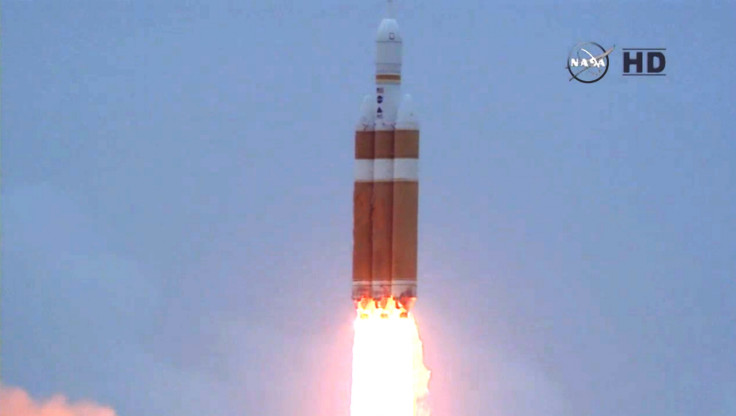
Orion, which will orbit the Earth twice, is a deep-space capsule that has been designed to take humans to Mars, and the test flight is mean to evaluate the launch and high speed re-entry systems, such as the parachutes and heat shield.
Orion is travelling at 16,000km/hr up into the area of space where its systems will be tested, and on re-entry into the Earth's atmosphere, it will be travelling at a speed of 32,000km/hr, enduring temperatures of 2,200 degrees Celsius.
Seven minutes into the flight, the first two critical milestones of the journey were completed when Orion's service module fairing panels successfully separated from the rest of the spacecraft.
Orion is designed to carry four astronauts into space and then send them safely back to Earth, and its service module, which bears a striking similarity to the old Apollo mission command modules, features state-of-the-art computers with touch screens.
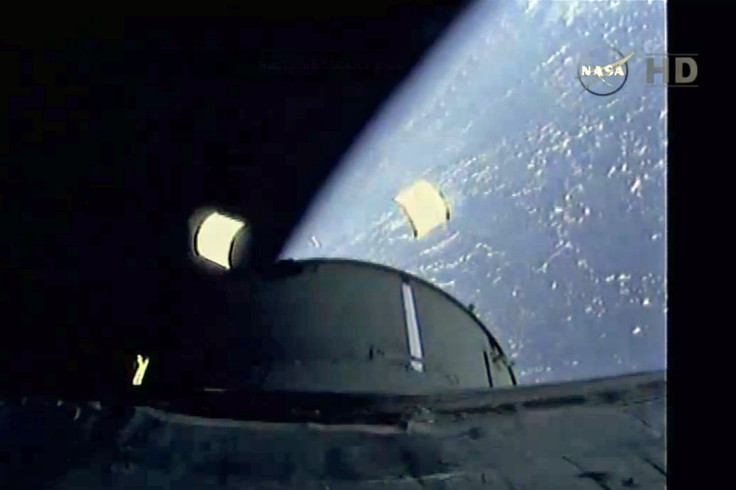
Rather than flicking switches to open and close valves, to save weight, the astronauts will touch a picture of the valve on the glass and the computer will immediately carry out the required action, without needing extra weight in wires and switches.
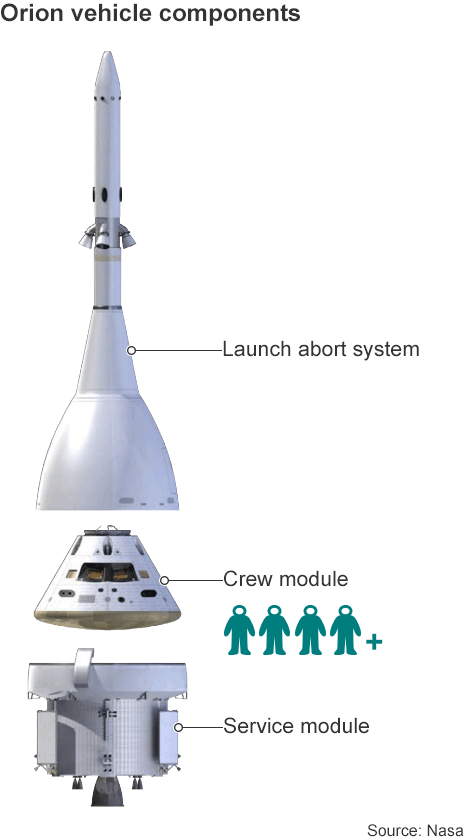
Since the test flight successfully launched on time, it is expected to splash down into the Pacific Ocean approximately four-and-a-half hours after it launched, which would be 4.30pm GMT (11.30am EST).
Nasa will have a helicopter drone on hand in the Pacific Ocean in the hopes of capturing splashdown video footage, while US Navy divers with speedboats will be preparing to catch Orion when it lands in the water, after which it will be towed into the well deck of a support vessel.
Coverage of the second attempt to launch Orion started from 11am GMT (6am EST) on Nasa Television, and Nasa allocated a two-hour, 39-minute window for the launch from 12.05pm GMT onwards in case of problems.
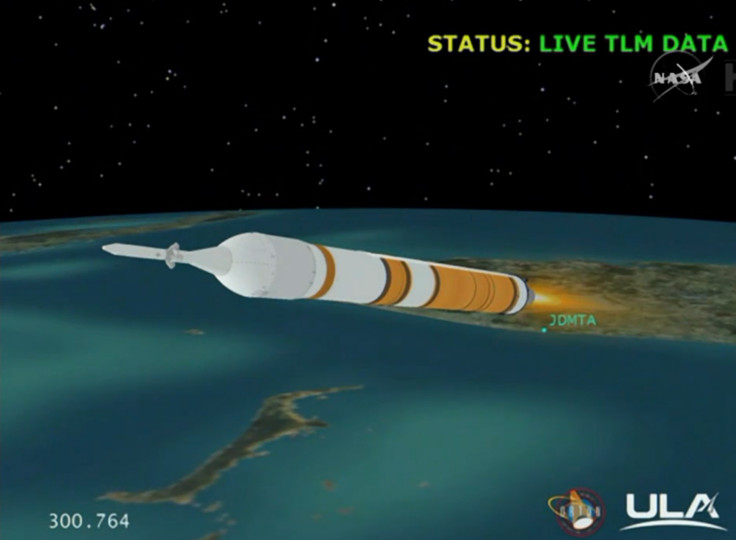
If Orion succeeds, Nasa will have a good idea about how successful its spacecraft is and how well it can stand a mission into deep space.
After this, another unmanned mission will be carried out in 2018. And if that goes well, it will then be possible to send the first human mission to Mars in 2020/21.
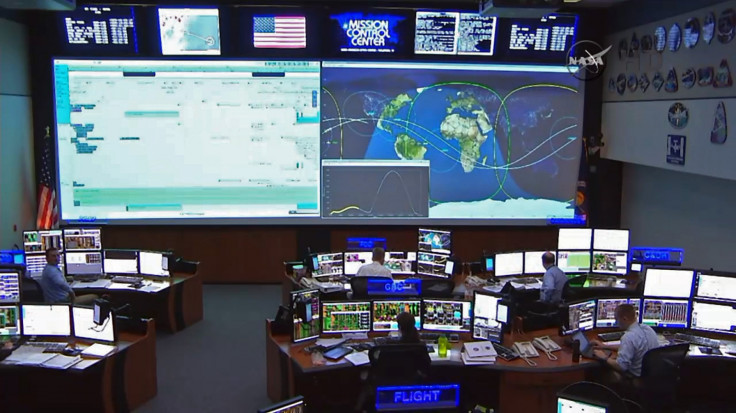

The spacecraft was set to launch yesterday morning (4 December) but had to be postponed following two different problems during the launch window – the first, a technical issue relating to a fuel and drain valve used to fill and drain the first stage of the United Launch Alliance Delta IV Heavy rocket with propellant prior to lift-off, where the valve would not close properly.
However after this problem was solved, the test flight had to be scuppered due a boat straying inside the prohibited zone over the Atlantic Ocean. Blown into the restricted zone by strong winds, the mission would not be able to lift off until the boat was out of the zone and so had to be postponed.
© Copyright IBTimes 2025. All rights reserved.






















